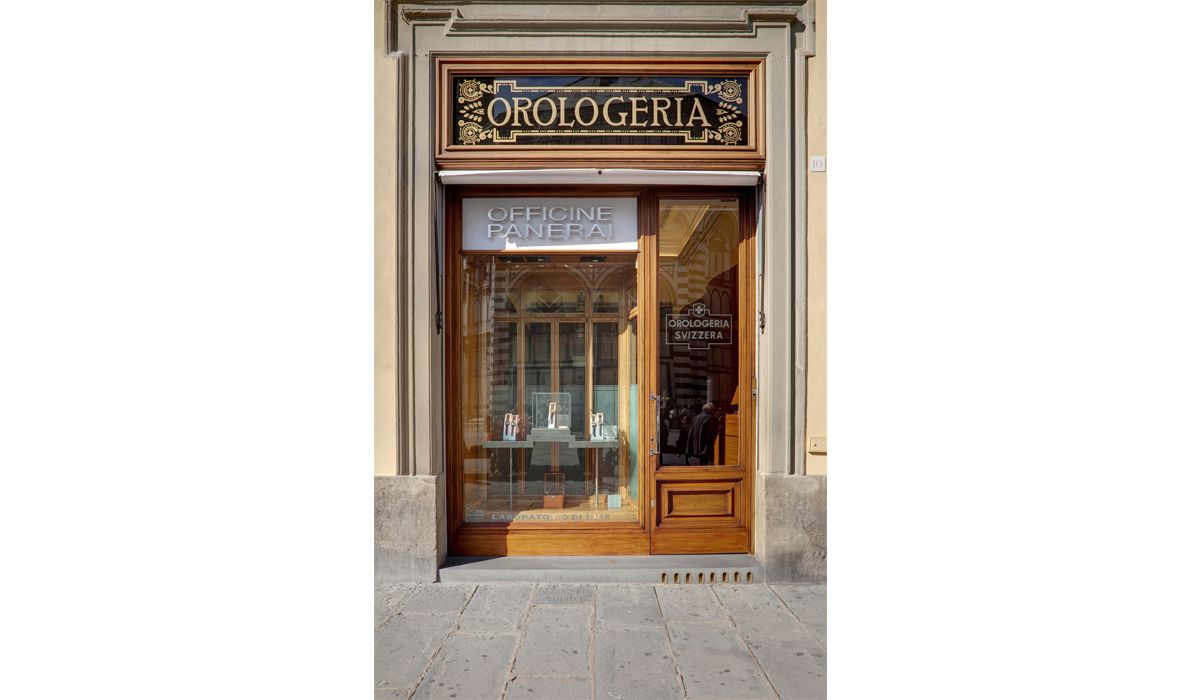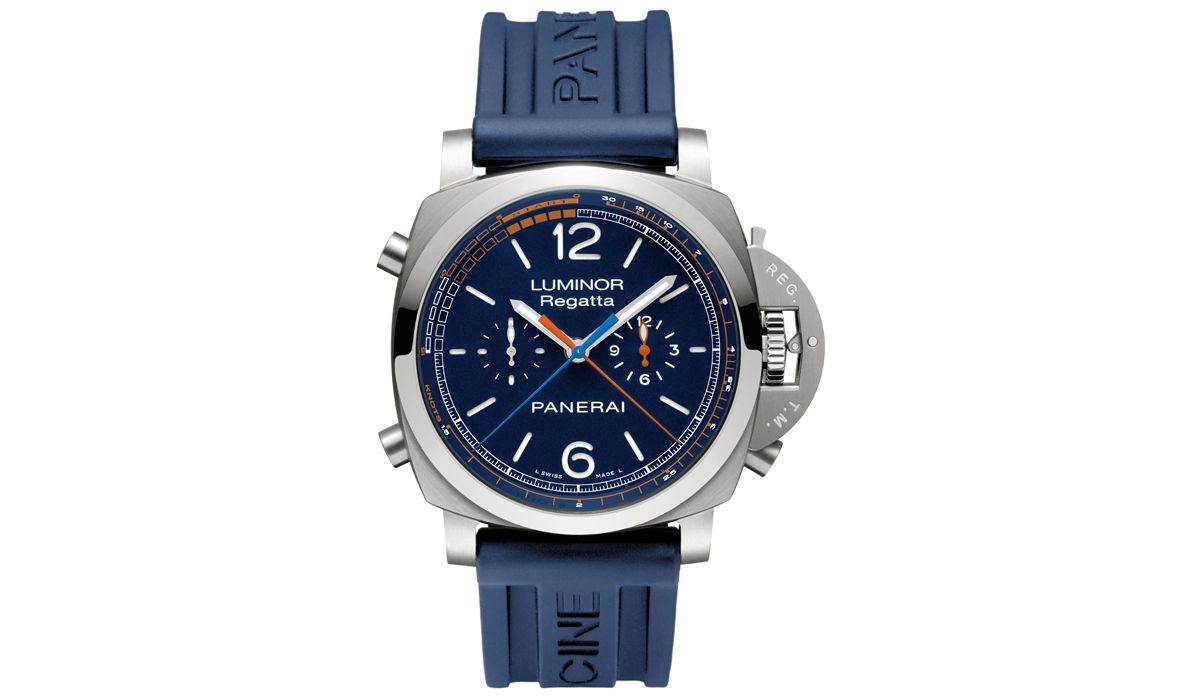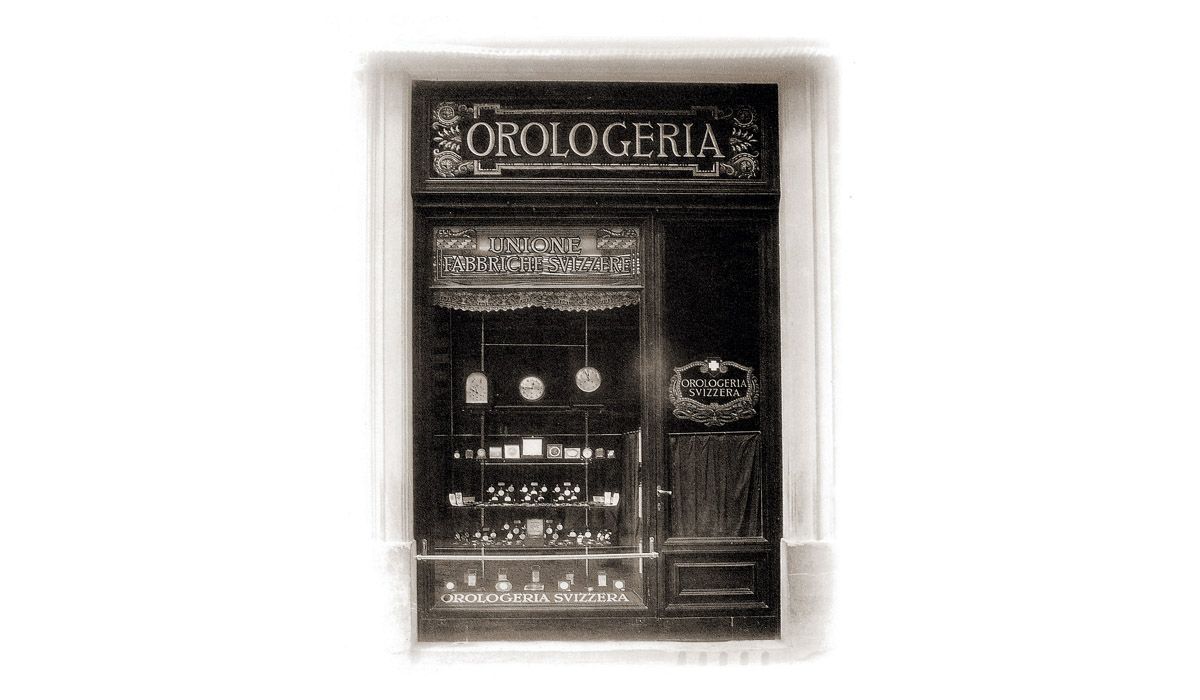Andrea Ghizzoni: The Way We Chat
What is WeChat and how can it be used by Italian companies to win over new followers (and clients) in the Far East? Andrea Ghizzoni, European Director for Tencent IBG, tells us about it
What is WeChat and what role does it play in China? WeChat (Weixin in Chinese) could almost be defined as the “Chinese version of the Internet.” Communicating, researching, buying, getting assistance... All of these things happen on, WeChat. Therefore, it is no surprise that it is used by about one billion people every day, with time spent here greater than 35% of the total time spent on the Internet. I often meet with companies that think the first thing they need to do to enter into the Chinese market is to translate their website into Chinese. This is the biggest mistake! In China, the Internet is all about the platforms, with social media (We- Chat, Weibo, ...) or marketplaces (JD.com, Tmall, ...). Websites don’t make sense unless they are deeply integrated into these digital assets, otherwise they will only be another source of costs for the company. I think it is just as important to define what WeChat is not. WeChat is not a marketplace. This means that when a brand is on WeChat and perhaps sells on WeChat, it manages the en- tire relationship with the customer directly. We don’t manage the product, we don’t apply discounts or sales conditions, and we don’t get any commission on the sale.
How is it used by luxury brands? WeChat is, first and foremost, is a marketing tool that allows brands to reach people who are truly interested in the product, managing a relationship that is personal and constructive. An Italian jeweler, for example, can use WeChat to only target Chinese people with great spending power. People who are fans of Italy and jewelry, who perhaps have a level of education and interests in line with the values of the brand (for example, tradition and culture as opposed to technology and innovation). Once this target market has been reached, it is possible to really develop a relationship, starting with a chat, really showcasing the brand heritage and telling about it in a direct, effective way. Last year, Officine Panerai, for example, added a feature to its official WeChat account, giving users the opportunity to visit its historic boutique in Florence virtually (360 de- grees), offering them the sensation of truly being there, with the ability to buy products in the showcases with a simple click. Chaumet did something similar. It used WeChat to allow its target audience to “attend” an exhibition of its jewels in augmented reality. But the potential is not just online: WeChat manages more than a million transactions every minute, and most of these are tied to purchases in brick-and-mortar stores! Furthermore, it is estimated that, in China, every day, people use QR codes more than 15 times, most of the time via the integrated WeChat reader. This allows retailers to get followers in their stores (for example, there is the possibility to chat with sales personnel via WeChat, get discounts, or see additional information about products on display, all in Chinese), and, naturally, to accept payments with WeChat (even abroad).
How is it used by luxury brands? WeChat is, first and foremost, is a marketing tool that allows brands to reach people who are truly interested in the product, managing a relationship that is personal and constructive. An Italian jeweler, for example, can use WeChat to only target Chinese people with great spending power. People who are fans of Italy and jewelry, who perhaps have a level of education and interests in line with the values of the brand (for example, tradition and culture as opposed to technology and innovation). Once this target market has been reached, it is possible to really develop a relationship, starting with a chat, really showcasing the brand heritage and telling about it in a direct, effective way. Last year, Officine Panerai, for example, added a feature to its official WeChat account, giving users the opportunity to visit its historic boutique in Florence virtually (360 de- grees), offering them the sensation of truly being there, with the ability to buy products in the showcases with a simple click. Chaumet did something similar. It used WeChat to allow its target audience to “attend” an exhibition of its jewels in augmented reality. But the potential is not just online: WeChat manages more than a million transactions every minute, and most of these are tied to purchases in brick-and-mortar stores! Furthermore, it is estimated that, in China, every day, people use QR codes more than 15 times, most of the time via the integrated WeChat reader. This allows retailers to get followers in their stores (for example, there is the possibility to chat with sales personnel via WeChat, get discounts, or see additional information about products on display, all in Chinese), and, naturally, to accept payments with WeChat (even abroad).
For whom is it and what does it cost? A brand on WeChat can take advantage of the following main functions:
1. Opening and configuring an official account: this is not much different than starting a website. For years, WeChat was only for Chinese companies or those “big brands” that had a Chinese business license to link the official account to. It has changed, and many Italian brands have turned to us to open their accounts.
2. Editorial management: as a social media channel, brands need to periodically update their content aimed at followers and to respond to the requests received. All of this can be managed “in house” by the brand, as long as it has Chinese employees. Or it can be outsourced to expert agencies in Italy or abroad.
3. Advertising: WeChat allows for very targeted campaigns and in-depth content that can be promoted (keep in mind that, in Moments, the main page for users, a person will see only one ad per day).
4. Ecommerce and WeChat pay: online or in shops. You can send your products via WeChat directly and accept payments from Chinese customers via WeChat pay.
1. Opening and configuring an official account: this is not much different than starting a website. For years, WeChat was only for Chinese companies or those “big brands” that had a Chinese business license to link the official account to. It has changed, and many Italian brands have turned to us to open their accounts.
2. Editorial management: as a social media channel, brands need to periodically update their content aimed at followers and to respond to the requests received. All of this can be managed “in house” by the brand, as long as it has Chinese employees. Or it can be outsourced to expert agencies in Italy or abroad.
3. Advertising: WeChat allows for very targeted campaigns and in-depth content that can be promoted (keep in mind that, in Moments, the main page for users, a person will see only one ad per day).
4. Ecommerce and WeChat pay: online or in shops. You can send your products via WeChat directly and accept payments from Chinese customers via WeChat pay.









